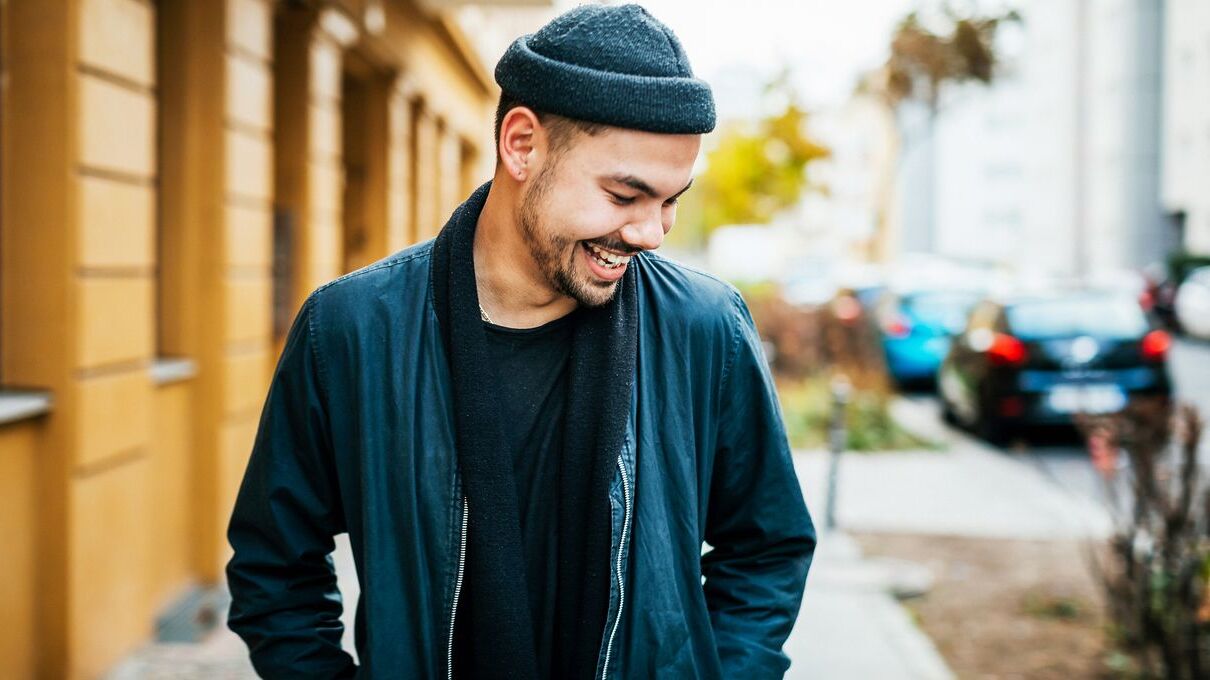
Ever been intrigued by the allure of the bad boy archetype? This enigmatic figure, often celebrated in literature and film, captivates audiences with a rebellious spirit and a heart possibly made of gold. Bad boys stand out with their undeniable charm, defiance of societal norms, and complex emotional landscapes. They're not just characters; they embody a fascinating blend of danger, allure, and vulnerability that challenges our expectations. In this post, we'll unveil 20 intriguing facts about this archetype, shedding light on why they're so compelling and what lies beneath their rugged exterior. From their origins in storytelling to their impact on pop culture, prepare to see the bad boy in a whole new light.
Understanding the Bad Boy Archetype
The bad boy archetype is a popular figure in media and literature, often characterized by rebelliousness, a disregard for societal norms, and an air of mystery. This archetype appeals to a wide audience due to its complex nature and the sense of adventure it brings. Let's dive into some intriguing facts about this captivating character type.
-
Origin: The bad boy archetype has its roots in romantic literature, where characters displayed traits of rebellion and defiance against conventional society. These characters often struggled with internal conflicts and societal expectations, making them multidimensional and intriguing to the audience.
-
Popularity in Media: Bad boys have been a staple in movies, television shows, and books for decades. Their appeal lies in their complexity; they are often portrayed as deeply flawed yet irresistibly charismatic, creating a compelling dynamic for storytelling.
Characteristics of the Bad Boy
-
Rebellion: A defining trait of bad boys is their rebellious nature. They challenge authority and break rules, embodying a freedom many find appealing.
-
Mysterious Aura: Bad boys often have a mysterious past or present, which adds to their allure. This secrecy invites curiosity and keeps audiences engaged.
-
Charm and Charisma: Despite their flaws, bad boys are undeniably charming and charismatic. This charm is a key reason for their popularity among characters in stories and audiences alike.
-
Emotional Depth: Contrary to their tough exterior, many bad boys possess a deep emotional depth. They often have a vulnerable side that they reveal to only a select few, adding layers to their character.
The Bad Boy's Influence on Culture
-
Fashion: Bad boys have influenced fashion trends, with leather jackets, boots, and rugged jeans becoming synonymous with their style. This fashion sense embodies the essence of rebellion and nonconformity.
-
Music: Rock and roll is often associated with the bad boy image. Musicians like James Dean and Elvis Presley epitomized this archetype, influencing generations with their style and attitude.
-
Literature: From classic literature to modern YA novels, the bad boy archetype plays a crucial role in character development and plot dynamics, often serving as a catalyst for change in the protagonist's life.
Why We Love Bad Boys
-
Thrill of Adventure: Bad boys represent an escape from the mundane, offering adventure and excitement. Their unpredictable nature keeps things interesting.
-
The Redemption Arc: Many bad boys undergo a redemption arc, where they evolve and overcome their flaws. This journey of growth and redemption is both inspiring and relatable to audiences.
-
Contrast to the Hero: Bad boys often serve as a contrast to the traditional hero archetype, providing depth to the narrative and challenging the protagonist in meaningful ways.
The Dark Side of the Bad Boy Archetype
-
Toxic Relationships: The bad boy's appeal can sometimes glamorize toxic behaviors and relationships, presenting a challenge in storytelling to balance allure with healthy dynamics.
-
Misunderstood Role Models: While bad boys can be compelling characters, they can also become problematic role models, encouraging rebellion and disrespect for authority in impressionable audiences.
-
Stereotyping: The archetype can lead to stereotyping, where characters are reduced to their rebellious traits without the opportunity to show growth or complexity.
Evolution of the Bad Boy
-
From Villains to Heroes: Over time, the bad boy archetype has evolved from being the villain to a flawed hero, reflecting changes in societal attitudes towards rebellion and individuality.
-
Diversity in Representation: Modern portrayals of bad boys show more diversity, including different backgrounds, ethnicities, and motivations, enriching storytelling with varied perspectives.
-
Complexity and Vulnerability: Contemporary bad boys are often more complex, showing vulnerability and a capacity for change, which makes them more relatable and realistic.
-
Influence on Feminism: The archetype has also influenced feminist narratives, with strong female characters challenging or embodying the bad boy traits, promoting gender equality in storytelling.
-
Digital Age Bad Boys: In the digital age, the bad boy archetype has adapted to new mediums, including social media and online platforms, where their stories can reach a global audience, continuing to captivate and intrigue fans around the world.
Through these facts, it's clear that the bad boy archetype is more than just a trope; it's a dynamic and evolving character type that continues to fascinate and influence culture across various mediums.
A Final Nod to the Bad Boys
We've journeyed through the intriguing world of the bad boy archetype, uncovering its layers and understanding its undeniable appeal. These characters, from their rebellious spirit to their complex emotional depth, captivate audiences and readers alike, offering a glimpse into the allure of the untamed and misunderstood. They challenge norms, push boundaries, and often show a vulnerable side that makes them irresistibly human. Whether in literature, movies, or real-life scenarios, bad boys remind us of the power of transformation and the beauty of embracing one's true self, flaws and all. Their stories encourage us to look beyond the surface, to find the heart beneath the hard exterior. So, here's to the bad boys – the rebels, the misunderstood, the ones who make us believe in the possibility of change and the strength of love.
Was this page helpful?
Our commitment to delivering trustworthy and engaging content is at the heart of what we do. Each fact on our site is contributed by real users like you, bringing a wealth of diverse insights and information. To ensure the highest standards of accuracy and reliability, our dedicated editors meticulously review each submission. This process guarantees that the facts we share are not only fascinating but also credible. Trust in our commitment to quality and authenticity as you explore and learn with us.


